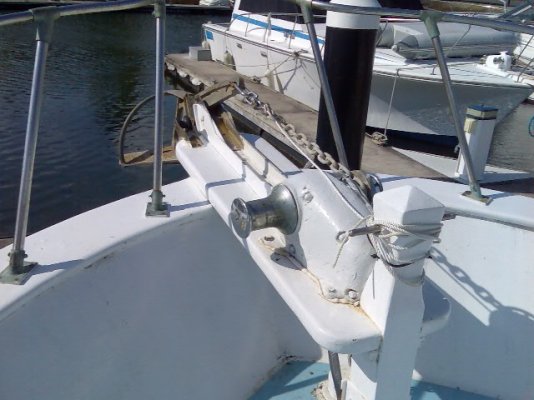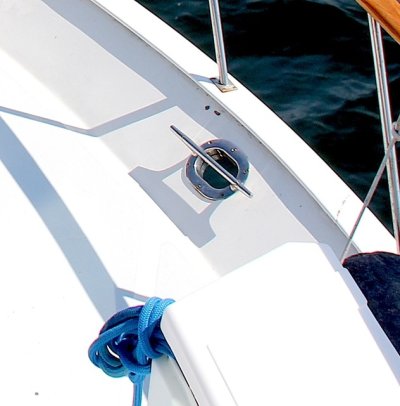sseltzer
Veteran Member
- Joined
- Nov 6, 2017
- Messages
- 34
- Location
- USA
- Vessel Name
- New Adventure
- Vessel Make
- 2006 Mainship 34 Trawler
After purchasing a new to me Mainship 34T I replaced the windlass, added a 55lb Rocna Vulcan, 200 feet of 5/16" HT chain and 200 feet of 5/8" 8-plait. Last weekend I finally made it out to Santa Cruz Island. I anchored in 30 feet of water and laid out all of the chain plus 30 feet of rode and did not set up a bridle.
On my previous boat (sailboat) with all chain I always used a double anchor bridle.
Is there an advantage to using a double bridle over just laying out enough scope to ride on the rode?
Thanks,
Steve
On my previous boat (sailboat) with all chain I always used a double anchor bridle.
Is there an advantage to using a double bridle over just laying out enough scope to ride on the rode?
Thanks,
Steve




